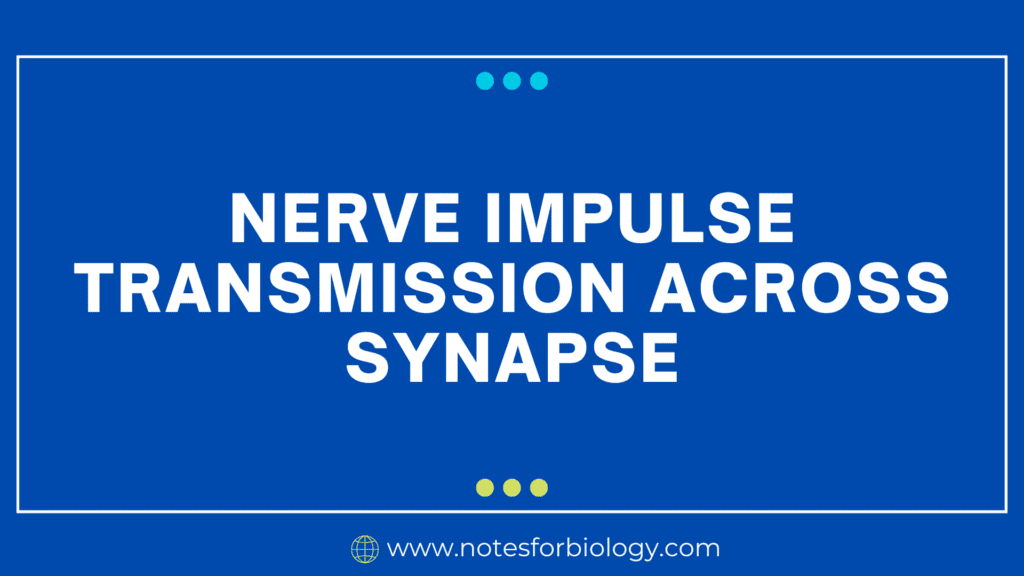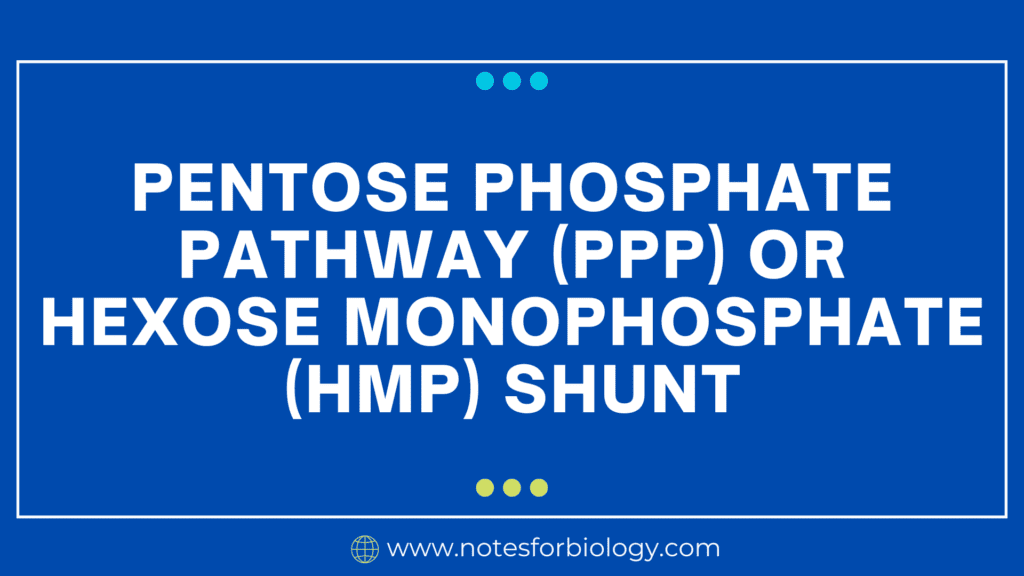Introduction
Transcription is one of the most fundamental processes in all living cells. It is the first step in gene expression, where the genetic code in DNA is copied into RNA. This RNA then serves as the template for making proteins, which carry out essential functions in the cell. In eukaryotic cells (cells that have a nucleus, like those of animals, plants, fungi, and protists), transcription is a complex and tightly regulated process that takes place inside the nucleus.
Table of Contents
What is Transcription?
Transcription is the process where information from a gene’s DNA sequence is copied into messenger RNA (mRNA). This mRNA can then leave the nucleus and be used by ribosomes in the cytoplasm to make proteins.
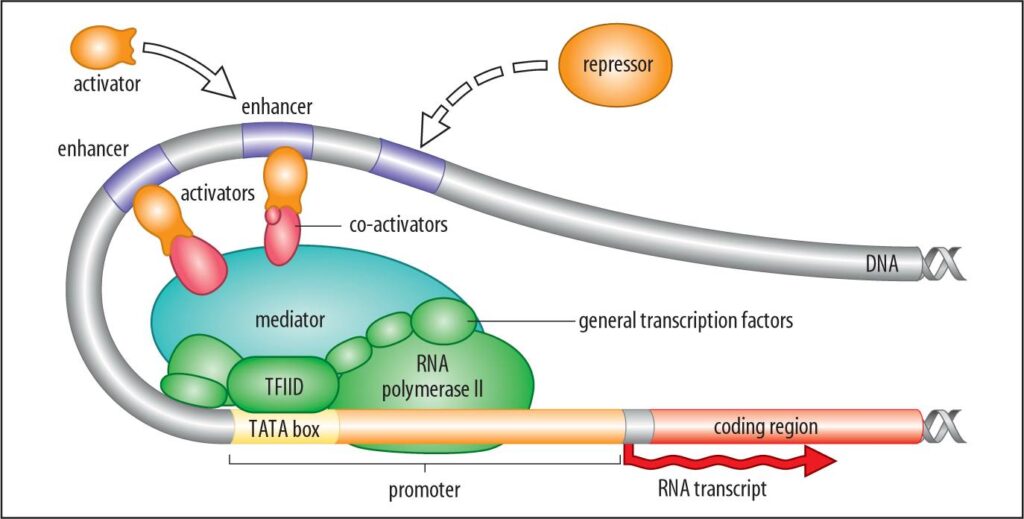
In simple words, transcription is like making a working copy of a recipe from a cookbook (DNA), so you can use the copy (RNA) in the kitchen (ribosomes) without damaging the original.
Where Does Eukaryotic Transcription Happen?
In eukaryotic cells, transcription happens inside the nucleus, which is where the cell keeps its DNA safe. Once the mRNA is made, it travels out of the nucleus to the cytoplasm, where proteins are made.
Major Players in Transcription
1. DNA
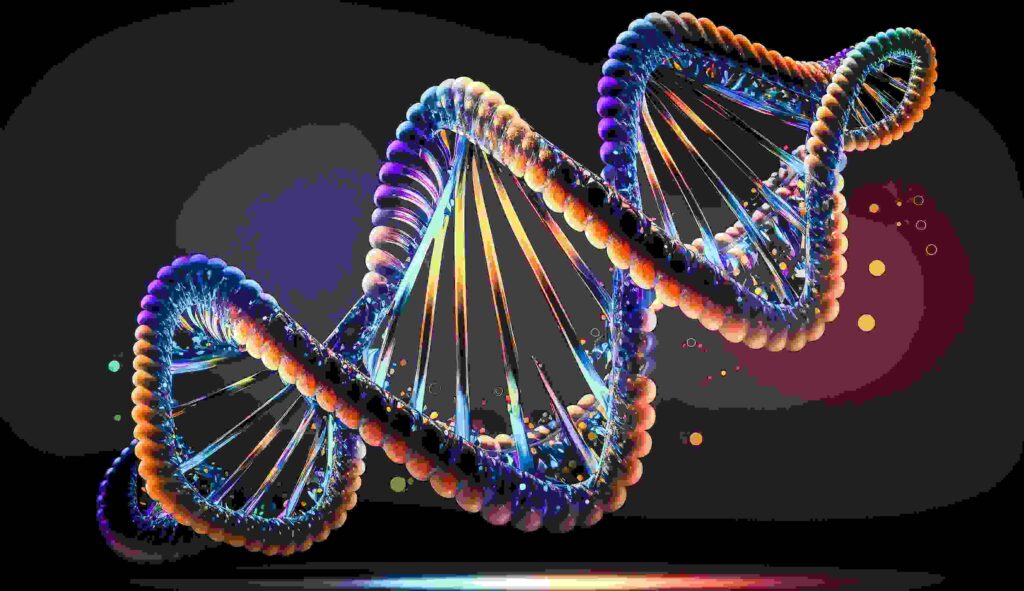
- Acts as the template.
- Only a specific part of the DNA (a gene) is used at a time.
2. RNA Polymerase
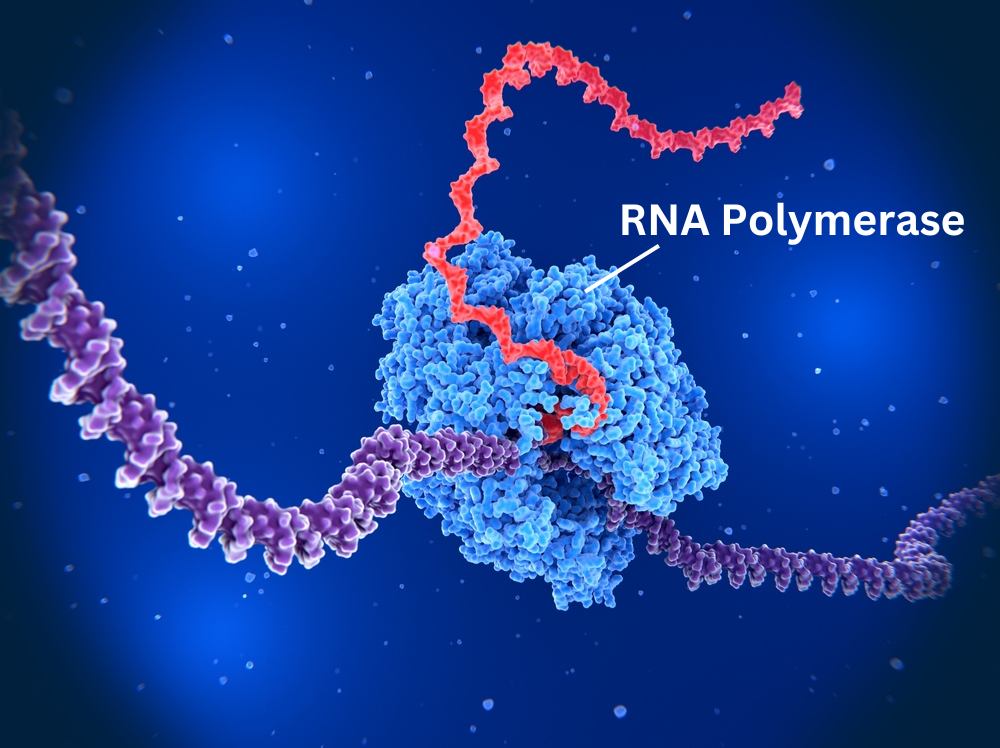
- An enzyme that reads the DNA and builds the RNA.
- Eukaryotes have three main types:
- RNA Polymerase I – makes rRNA (ribosomal RNA)
- RNA Polymerase II – makes mRNA (messenger RNA)
- RNA Polymerase III – makes tRNA (transfer RNA) and some small RNAs
3. Transcription Factors
- Special proteins that help RNA polymerase find the correct starting point.
- They can turn transcription on or off.
4. Nucleotides (ATP, UTP, GTP, CTP)
- These are the building blocks used to make the RNA strand.
5. Promoter Region
- A specific DNA sequence where RNA polymerase binds to begin transcription.
Steps of Eukaryotic Transcription
Eukaryotic transcription occurs in three main stages:
1. Initiation
- Transcription factors and RNA polymerase bind to the promoter of the gene.
- Together, they form a complex called the transcription initiation complex.
- The DNA unwinds slightly, exposing the template strand.
2. Elongation
- RNA polymerase starts adding RNA nucleotides one by one to build the RNA strand.
- It reads the DNA from 3’ to 5’ direction and makes RNA in the 5’ to 3’ direction.
- The RNA strand grows longer as more nucleotides are added.
3. Termination
- When the RNA polymerase reaches a termination signal in the DNA, it stops.
- The new RNA strand is released.
- The DNA rewinds into its original form.
Post-Transcriptional Modifications
After transcription, the newly made pre-mRNA goes through several changes before becoming mature mRNA that can be used to make proteins. These changes are unique to eukaryotic transcription.
1. Capping
- A 7-methylguanosine cap is added to the 5’ end of the RNA.
- It protects the RNA and helps it attach to the ribosome later.
2. Polyadenylation
- A poly-A tail (a long chain of adenine nucleotides) is added to the 3’ end.
- This helps protect the RNA and controls how long it stays in the cell.
3. Splicing
- Introns (non-coding parts) are removed.
- Exons (coding parts) are joined together.
- This editing is done by a structure called the spliceosome.
Regulation of Transcription in Eukaryotes
Transcription is carefully controlled so that the right genes are turned on or off at the right time.
How It’s Regulated:
- Transcription factors can promote or block RNA polymerase.
- Enhancers and silencers are DNA sequences that increase or decrease transcription.
- Epigenetic changes (like DNA methylation) can make DNA easier or harder to access.
Why Regulation Matters:
- It ensures that liver cells make liver proteins, and brain cells make brain proteins.
- It controls growth, development, and response to the environment.
- Errors in regulation can cause diseases like cancer.
Types of RNA Produced in Eukaryotic Transcription
1. Messenger RNA (mRNA)
- Carries the message from DNA to the ribosome.
- Used to make proteins.
2. Ribosomal RNA (rRNA)
- Forms part of the ribosome, which makes proteins.
3. Transfer RNA (tRNA)
- Brings amino acids to the ribosome during protein synthesis.
4. Small Nuclear RNA (snRNA)
- Helps with splicing in the nucleus.
5. MicroRNA (miRNA) and Small Interfering RNA (siRNA)
- Help control gene expression by blocking or destroying mRNA.
Differences Between Prokaryotic and Eukaryotic Transcription
| Feature | Eukaryotic Transcription | Prokaryotic Transcription |
|---|---|---|
| Location | Nucleus | Cytoplasm |
| RNA Polymerases | Three types | One main type |
| RNA Processing | Yes (capping, splicing, tailing) | No processing |
| Transcription and Translation | Separate | Happen together |
| Regulation | More complex | Less complex |
Biological Importance of Eukaryotic Transcription
- Gene Expression: Helps determine which proteins are made in a cell.
- Cell Specialization: Allows different cells in the body to perform different tasks.
- Adaptation: Cells can respond to changes in their environment by changing what genes they express.
- Development: Controls how an embryo grows and forms different tissues.
- Health and Disease: Proper transcription is necessary for health. Mistakes in transcription can lead to diseases like cancer or genetic disorders.
Conclusion
Eukaryotic transcription is a complex but beautifully organized process. It ensures that the instructions in our DNA are copied correctly into RNA, which then helps make the proteins that run all life functions. This process is highly regulated and involves many steps and molecules working together.
By understanding transcription, scientists can discover how cells work, how diseases occur, and how we might design better treatments. Whether it’s through studying RNA processing, transcription factors, or gene regulation, transcription remains a central topic in biology and medicine.
Three Key Summary
- Eukaryotic transcription is the process where DNA is copied into RNA in the nucleus.
- It involves initiation, elongation, termination, and post-transcriptional modifications like capping and splicing.
- This process is tightly regulated and is essential for proper gene expression and cell function.
FREQUENTLY ASKED QUESTIONS
What is the purpose of transcription?
To copy DNA information into RNA so that proteins can be made.
Where does transcription occur in eukaryotes?
Inside the nucleus.
What enzyme carries out transcription?
RNA polymerase.
Related Articles



